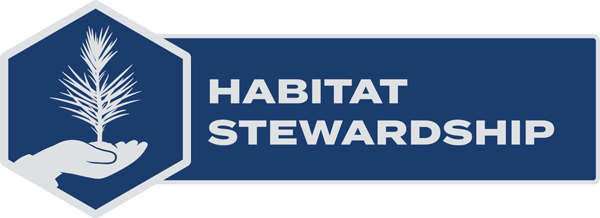
Habitat consists of food, water, security (cover) and space – the basic essentials required for life to exist. Quality habitat is imperative to sustain healthy elk herds across North America’s elk country.
RMEF’s Habitat Stewardship program improves elk habitat by supporting a wide array of projects designed to defeat ongoing threats to quality habitat for elk and other wildlife.
Use the links below to learn more about how RMEF's Restores Elk Country through the Habitat Stewardship program
Why Habitat Stewardship is critical
How RMEF gets work done
Where RMEF performs habitat stewardship
How you can help
Why is Habitat Stewardship a key part of RMEF's mission?
A lack of active forest management, fire suppression, invasive species and disease are some of the most significant threats to quality habitat in elk country.
RMEF’s habitat stewardship work directly benefits a wide range of wildlife beyond elk including deer, bears, moose, pronghorn antelope, bighorn sheep, smaller mammals, raptors and songbirds, insects, trees and native vegetation as well as many types of fish and other riparian species.
Pre-Habitat Restoration
How RMEF Restores Elk Country
Working with state and federal agencies, private landowners and other partners, RMEF is combating these threats and delivering impactful on the ground conservation work.
Habitat stewardship tools include
- Prescribed Burns
- Forest Thinning
- Noxious Weed Control
- Aspen, Sagebrush-Steppe and Meadow Restoration
- Wildlife Water Developments
- And more
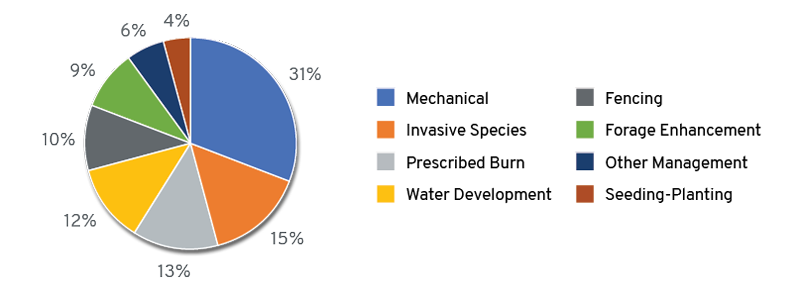
Stewardship projects by Treatment 2015-2024
RMEF works with a variety of stakeholders in every project that includes state and federal wildlife agencies, other conservation groups, and dedicated volunteers and members.
Projects are often brought to RMEF's attention through local land managers before being vetted through RMEF's PAC program to ensure that donor and member funding is being put to the most fiscally-responsible use.
All habitat stewardship grants and projects are closely monitored, with detailed project recaps required, to ensure that ever possible dollar is spent appropriately - ensuring the most effective use of conservation funding.
AZ RAIN TANK REPLACEMENT – RESTORING ELK COUNTRY
In June 2021, lightning ignited the Rafael Wildfire in central Arizona, just west of Sedona. Before firefighters fully contained it one month later, it scorched more than 78,000 acres across the Kaibab and Prescott National Forests. The rain trick tank in the Sycamore Canyon area was a casualty in the fire’s path, a crucial water source for elk and mule deer, especially since it lies within the Grand Canyon to Prescott Migration Corridor Complex, a major wildlife corridor. About the only part of the site that survived the flames was the 20,000-gallon, above-ground storage tank. In June 2023, Rocky Mountain Elk Foundation volunteers joined ranks with Arizona Game and Fish Department and Kaibab staffers to tear down what was left of the support structure. Leftover burnt materials went to a landfill. Four months later, thanks to funding from two RMEF grants, support from Arizona Game and Fish, and Pittman-Robertson dollars generated by hunters, contractors built a heavy-duty steel support deck, a four-foot by five-foot drinker and modified fencing to let wildlife in but direct livestock to a secondary drinker nearby. In addition to elk and mule deer, the project also benefits black bears, pronghorn antelope, whitetail deer, wild turkey, upland birds, mountain lions, songbirds and hunting. Restoring elk country is fundamental to RMEF’s mission of ensuring the future of elk, other wildlife, their habitat and our hunting heritage. Since 1984, RMEF helped conserve or enhance nearly 9 million acres of wildlife habitat.
Post-Habitat Restoration
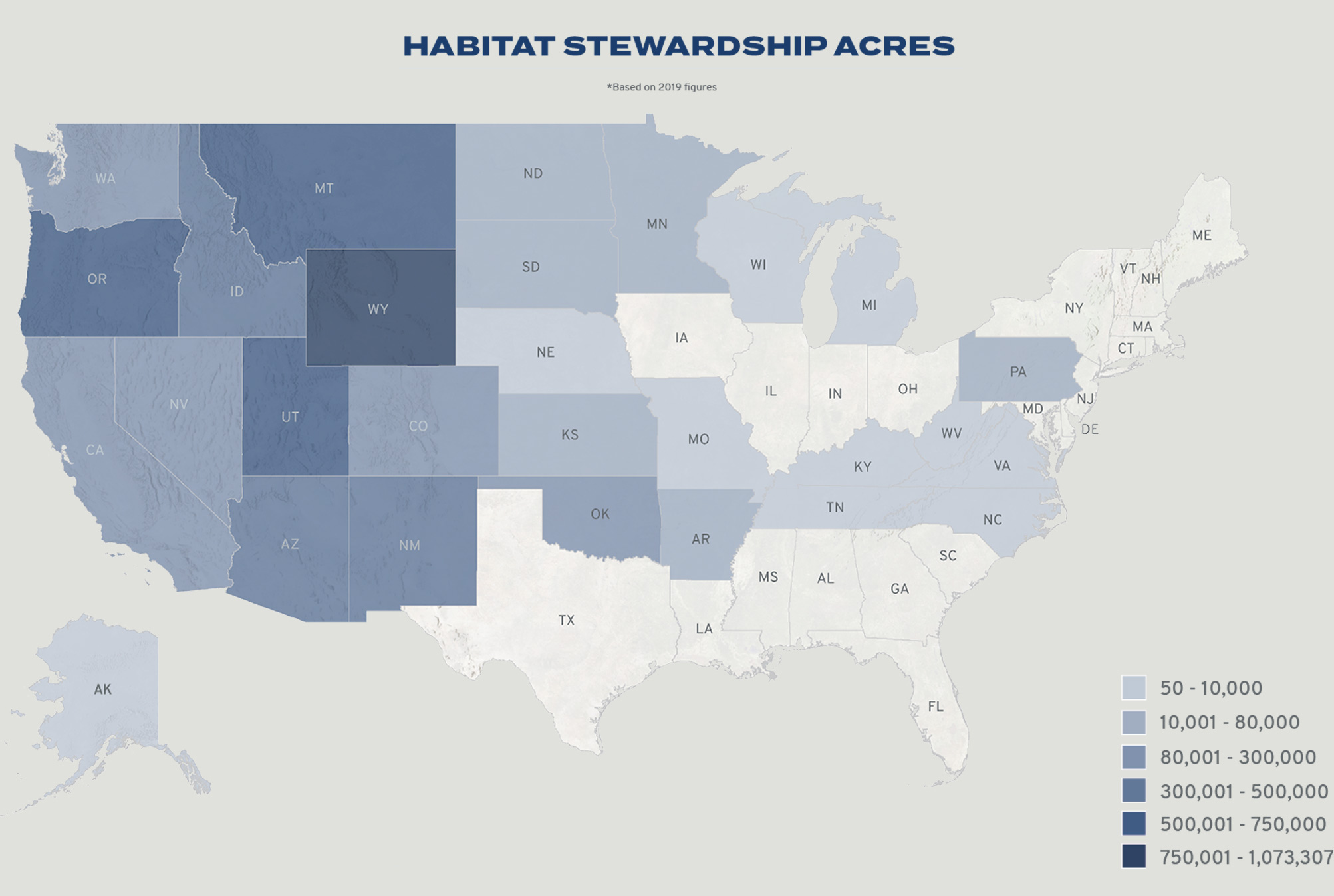
Recent Accomplishments
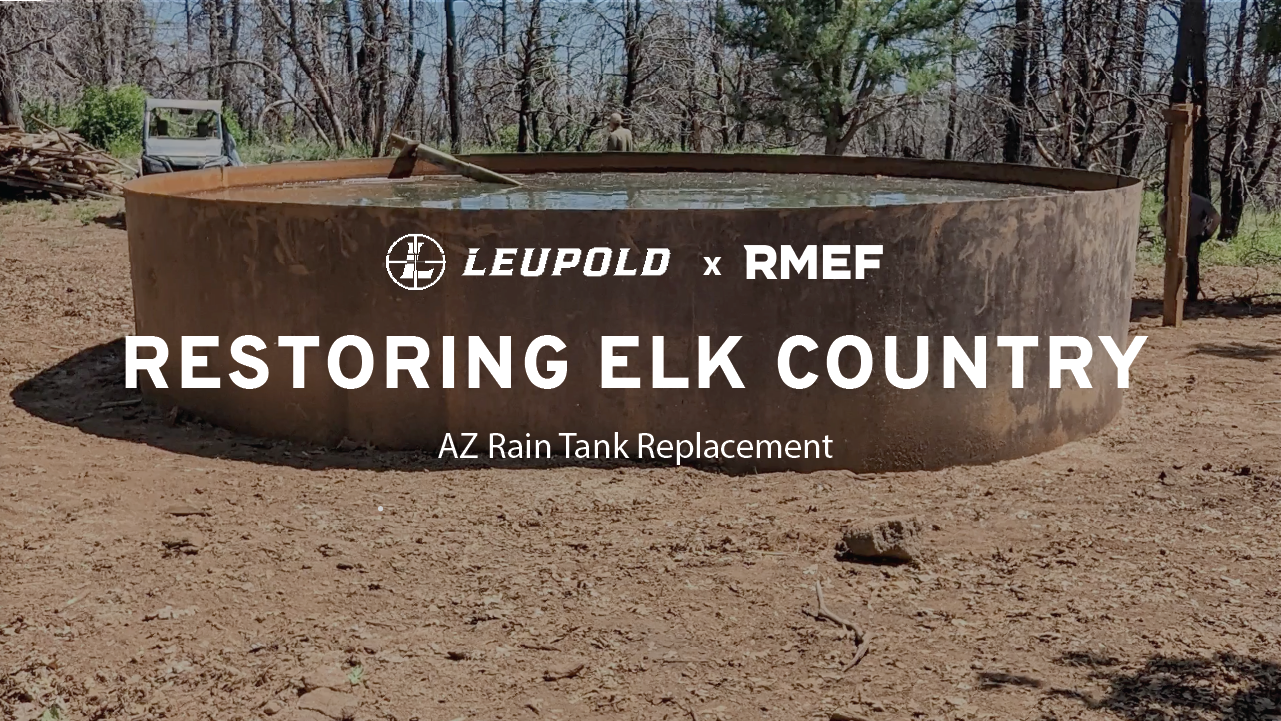
AZ Rain Tank Replacement
In June 2021, lightning ignited the Rafael Wildfire in central Arizona, just west of Sedona. Before firefighters fully contained it one month later, it scorched more than 78,000 acres across the Kaibab and Prescott National Forests.
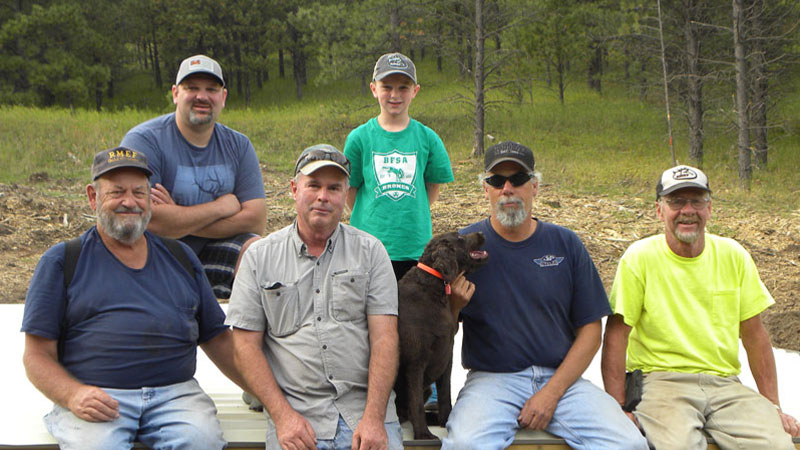
Wildlife Guzzlers Partnership, South Dakota
While RMEF volunteers assist with wildlife water guzzler projects in other regions, the Northern Hills Ranger District on the Black Hills National Forest is the epicenter for an impressive and productive partnership that now spans more than a decade. RMEF provides support for both grant funding to purchase materials and supplies, and volunteers to carry out the manpower in collaboration with the U.S. Forest Service. The goal is to get upwards of 50 guzzlers scattered across the district up to shape and back into operation, and to continue to monitor each site into the future.
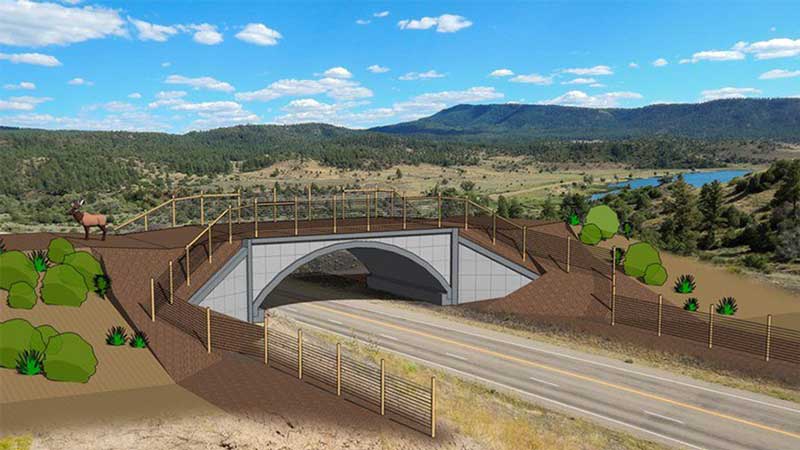
Colorado Wildlife Crossing on US Highway 160
This project spans nearly two miles in a critical migratory corridor for both mule deer and elk between Durango and Pagosa Springs. Because this area sees an abundance of big game, wildlife-vehicle collisions make up more than 60 percent of crashes at this location. This multi‑partner project is expected to reduce those collisions by at least 80 percent.
How you can help do more
Join or Donate Today
When you join or donate to RMEF, you provide critical funding to ensure that RMEF can continue to be good stewards of the land long into the future.
Volunteer
RMEF volunteers play an important role in improving habitat for elk and other wildlife as hundreds commit annually to remove hazardous fencing, install wildlife water sources, plant native seeds and saplings, and carry out other habitat enhancement work.
New volunteer opportunities arise regularly. When you submit your information below, it goes straight to local representatives in your area who will contact you about opportunities that may be available.
